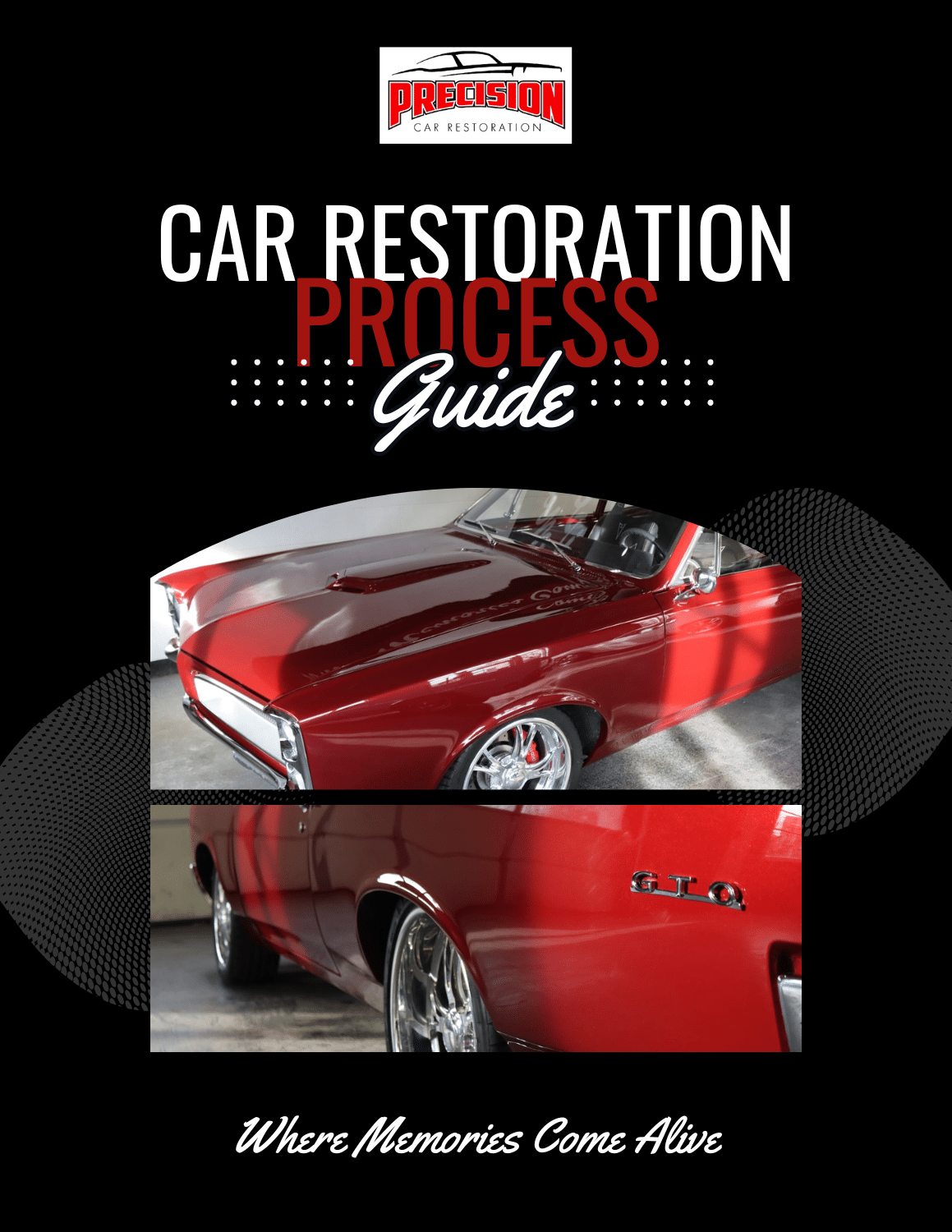
Sandblasting is one of the most effective to remove rust from a classic car restoration project. Despite its effective, however, there are several potential drawbacks to keep in mind. The sandblasting process can be extremely aggressive, so before you start blasting away, make sure you are prepared for the consequences. As such, it’s imperative to make sure to disassemble each and every part that unbolt, otherwise you risk destroying any moldings or trim pieces that you never intended on stripping in the first place.
Furthermore, remember that sand will find its way into every nook and cranny of the car, so be sure to remove all the glass and window tracks inside the doors and quarter-panels. Sand can also makes its way into the grease in the window tracks and regulators and cause them to grind. Suspension and drivetrain parts—such as the balljoints, tie rods, brakes, rearends, and transmissions—can be adversely affected as well.

To minimize the potential drawbacks of sandblasting, taking a few simple precautions goes a long way. If you have extremely thick paint, it’s a good idea to machine strip before you try to blast all of the paint off from the beginning. Blasting will heat the panel up, which will cause a large flat area to warp. Warpage from sandblasting can ruin a panel beyond use. Blasting hoods, roofs, deck lids, and large flat areas have the most potential for warping. Consequently, machine stripping, baking soda blasting or acid dipping are often better options for these types of panels.
Although sandblasting is effective, you must be prepared for hidden problems it may reveal. Just when you think you have a solid project car, put it up on a rotisserie and blast the entire thing, sandblasting can reveal that you have created a lot more work for yourself. Sandblasting can remove dirt, rust and paint so what you thought was just a surface rust might actually be riddled with pinholes. The sand will blast right though the weaker points of the metal and create multiple small holes. This can happen from one end of the car to the other, so be prepared to find a lot more work after a car has been blasted completely.

To sum it all up, there are many aspects of sandblasting an entire car, and these are only just a few of them. Sandblasting will remove the rust you can see, but it can also cause a lot more work. This is a double edged sword as it may cost you more money and time, but can add to the durability of your restoration since sandblasting will help you discover problems and fix them. It will also allow you to start from scratch using higher quality materials than what was used originally.


